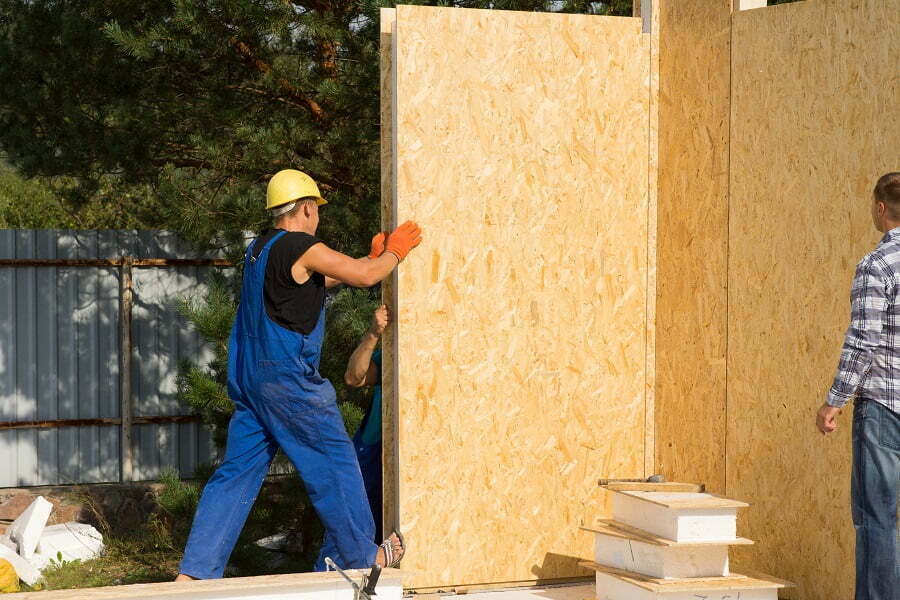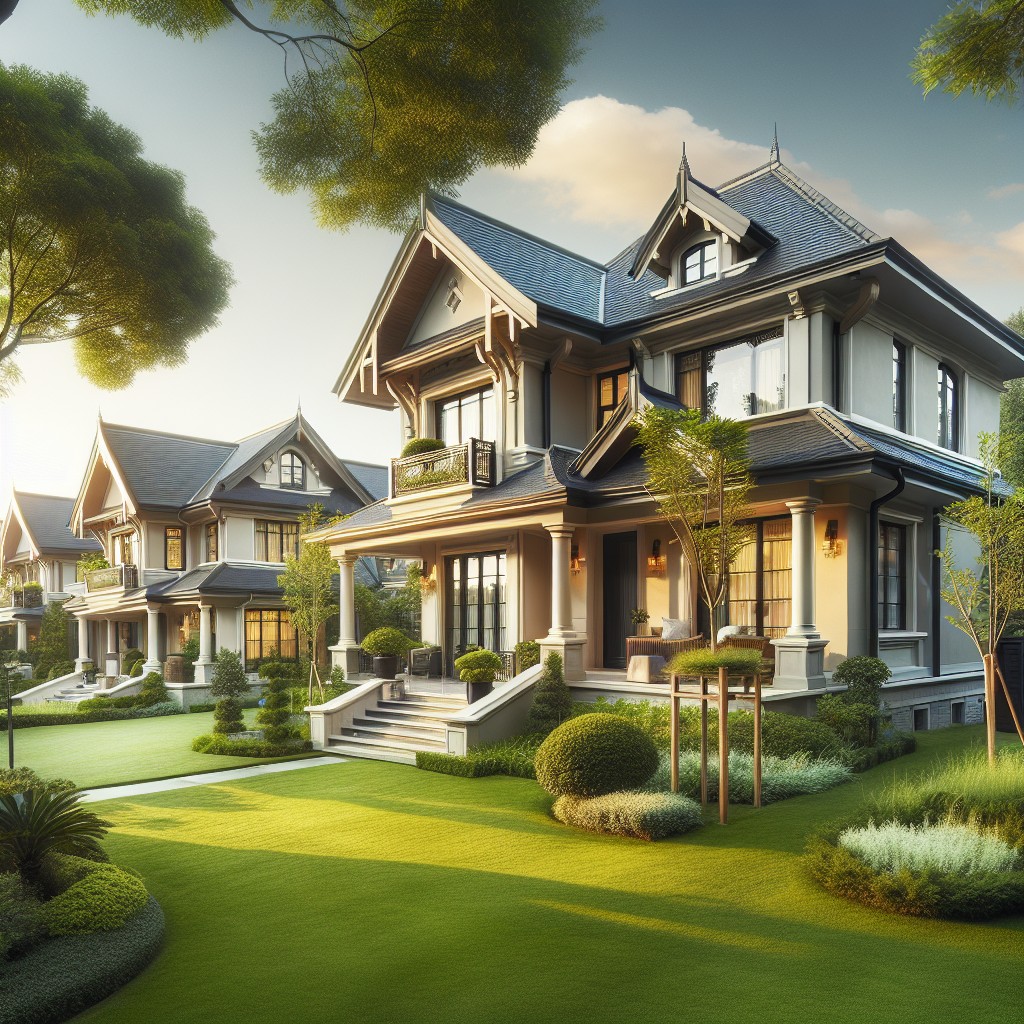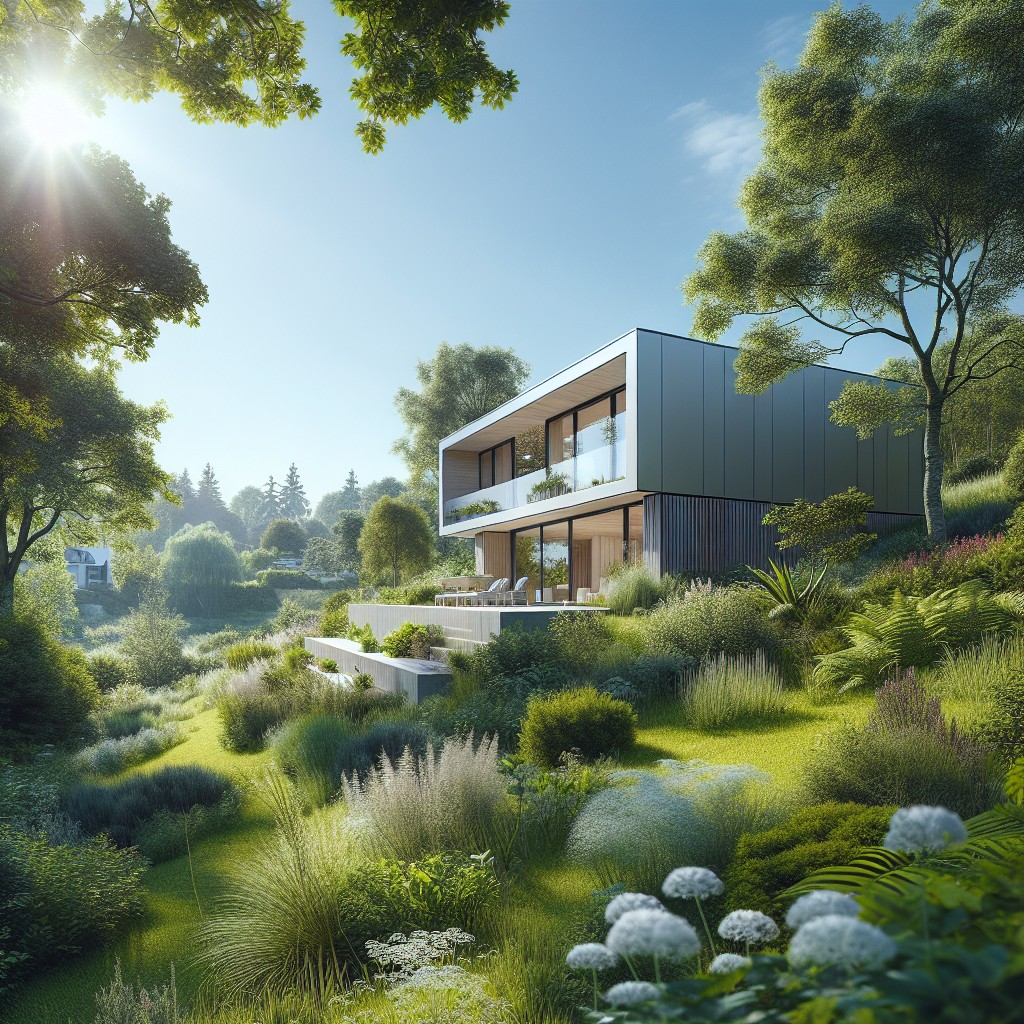Last updated on
Considering buying a prefab home? Is it worth it? Here are the pros and cons weighed. Read on!
The advantages of building a prefabricated home are obvious: You don’t have to wait around while contractors work their magic; they’re already done when you get them. The disadvantages include higher costs and less flexibility. If you decide later that you’d like an extra bedroom or a modular bathroom, you’ll probably have to tear down part of the structure and start again.
A new study from the National Association of Home Builders found that homeowners who built their own homes spent more on materials than those who bought pre-built houses. They also paid about $500 in labor for each square foot of finished space. That’s compared with $150 per square foot for a typical manufactured house.
If you can afford to build your dream home yourself, go ahead and do it! But if not, consider buying one instead.
Pros of Prefab Homes

Let’s consider the following pros of buying a prefabricated house.
Energy Efficiency
Prefab houses are generally more energy-efficient than traditional homes because they’re often constructed from materials like steel or concrete, which require less maintenance. They also tend to have better insulation properties than wood-frame houses. This makes them ideal if you live somewhere where winters get cold.
Fast Construction
If you’re looking for a quick and easy way to get started building your dream home, then a prefab house is probably right up your alley. You don’t have to wait long for permits or hire contractors; all you do is order what you need from a manufacturer and assemble it at your own pace. The only downside is that if you decide later down the line that you’d prefer something different, you might not be able to change things without paying extra fees.
They Are Affordable
Another benefit of prefabs is their affordability. You don’t pay extra for labor or materials when building a prefab home. This makes prefab homes an attractive option for first-time buyers looking to start a new property without breaking the bank. Plus, if you’re buying land from someone else, you won’t incur costs for clearing trees, grading dirt, and laying down foundations. All these things add up over time. With prefab homes, you only pay for what you use.
It is possible to get a personal property loan or chattel loan as financing options. These loans tend to have higher mortgage rates, but they are approved quickly and have lower closing costs. Prefab homeowners who don’t want to include the loan amount are more likely to use home-only loans. There are chattel loan programs with a down payment of as little as 5% and up to 20 years.
Same as site-built homes, you can finance them with real property loans. The land is included in the financed amount, so these are loans for homes with it. Construction loans can also be used to purchase pre-made homes. If you have a bad credit score, talk to your lender to see the best mortgage rates available.
They Are Durable
Modular builders often use standardized designs that allow them to produce many different models based on customer preferences. For instance, if you order a model with a certain number of bedrooms but need fewer, the manufacturer will make changes without charging you any extra money. If you decide later that you don’t like one feature, you may incur costs for changing the design. The standardized process makes the homes more durable.
Hurricanes cause massive damage due to flooding and high winds. There are strict building codes in the area where a modular home is finished. They are inspected at a variety of stages. The house will be assembled at the site that they are made to resist the effects of weather.
Additions Available
You can add prefab additions onto existing structures using prefabricated components. It’s important to note that this type of construction requires additional planning and approval by local authorities. In some cases, you’ll even need to obtain special permission before adding another floor. However, there are benefits to having a larger living space. A bigger kitchen means you can cook more meals while saving money on groceries. Having a garage allows you to park multiple vehicles inside instead of outside.
Cons of Prefab Homes

And these are the cons you need to consider before buying a prefab house.
More Up-Front Payment
If you decide to purchase a prefab home, you will likely pay more upfront than purchasing a similar stick-built home. This is due to two reasons. First, most manufacturers require buyers to put down up to 20% of the total price before delivery. Second, some builders charge extra fees for customizing their prefabs. For example, adding a deck might mean paying additional shipping charges.
Limited Warranty
While modular homes come with warranties, this doesn’t necessarily apply to every part of the house. Manufacturers typically offer limited warranty coverage for parts such as windows and doors. However, there’s no guarantee that the roofing material used in a particular module will last forever. In addition, while modular homes can be built quickly, they aren’t always quick to build. Some modules take longer to construct than others. As a result, you could end up spending months waiting for your home to be completed.
Utilities Hook-Up
It can be hard to arrange for utilities and other details in a pre-made house. If your site is not level, you’ll need to have it leveled. You’ll need to lay the foundation, arrange for sewer strikes and electrical connections, and find well water before you can start building.
Land Costs
You need to own the land underneath if you want a premade home. You need to buy land if you don’t own it. You need to make sure to put up a home on the land and hook it up to electricity, water and sewer. Don’t forget to have soil testing done on the land you are planning to call home. Land, inspections, and permits can add up to a lot of money.
Limited Customization
When purchasing a modular home, you cannot customize it like you would if you were going through buying a stick-built home. The reason why is because each module has its own unique features. It wouldn’t make sense to change something about one unit when all the rest look exactly alike.
Are Prefab Homes a Good Investment?
It’s the same thing as buying any other house. Look at similar units. Do you think the location is right? The value of the property depends on location. Many consumers think that a modular home is less desirable.
Quality repairs, location, and other factors can make a huge difference in the price you get for your home. Modular buildings can appreciate over time. Poor location homes could decrease in value. They are just like a stick-built home.
Real estate agents will tell consumers planning to sell a home that they need to prepare the house for sale. Home sales always require a location. If you want to maximize the resale value of your home, choose a location that is close to it. Curb appeal is important. Well-kept home with fresh paint, trimmed shrubs, and lawn. It’s important to make a positive impression on potential buyers. Make sure you do all the minor repairs.
The Verdict
Prefabricated houses are great options for people who prefer to avoid construction headaches. They also provide homeowners with flexibility since they can easily modify their plans according to their needs. While they cost more than traditional builds, they can save you thousands of dollars by reducing the amount of work required to complete your project.
FAQ
A typical new home starts at around $500 per square foot. Prefab homes run anywhere from $30-$150 sf. So yes, it does seem like a better deal to get a prefab home instead of building a new home.
Most prefab homes take 3 weeks to build. That includes everything from ordering materials to having them delivered to your job site. Most companies allow customers to choose which day they’d like to receive their finished product.
Yes! Many prefab homes include an electric range, refrigerator, dishwasher, microwave oven, and washer/dryer. These units may even be included in the appliance package with a prefab home.
There are several types of insulations available, including fiberglass batts, spray foam, and cellulose. Each offers different benefits. Fiberglass bats are inexpensive and easy to install.
Warranties vary widely among manufacturers. Some offer limited warranty periods, while others offer no warranty period whatsoever. Check with the manufacturer to see what their policy is regarding warranties.
Related reading:
Table of Contents





